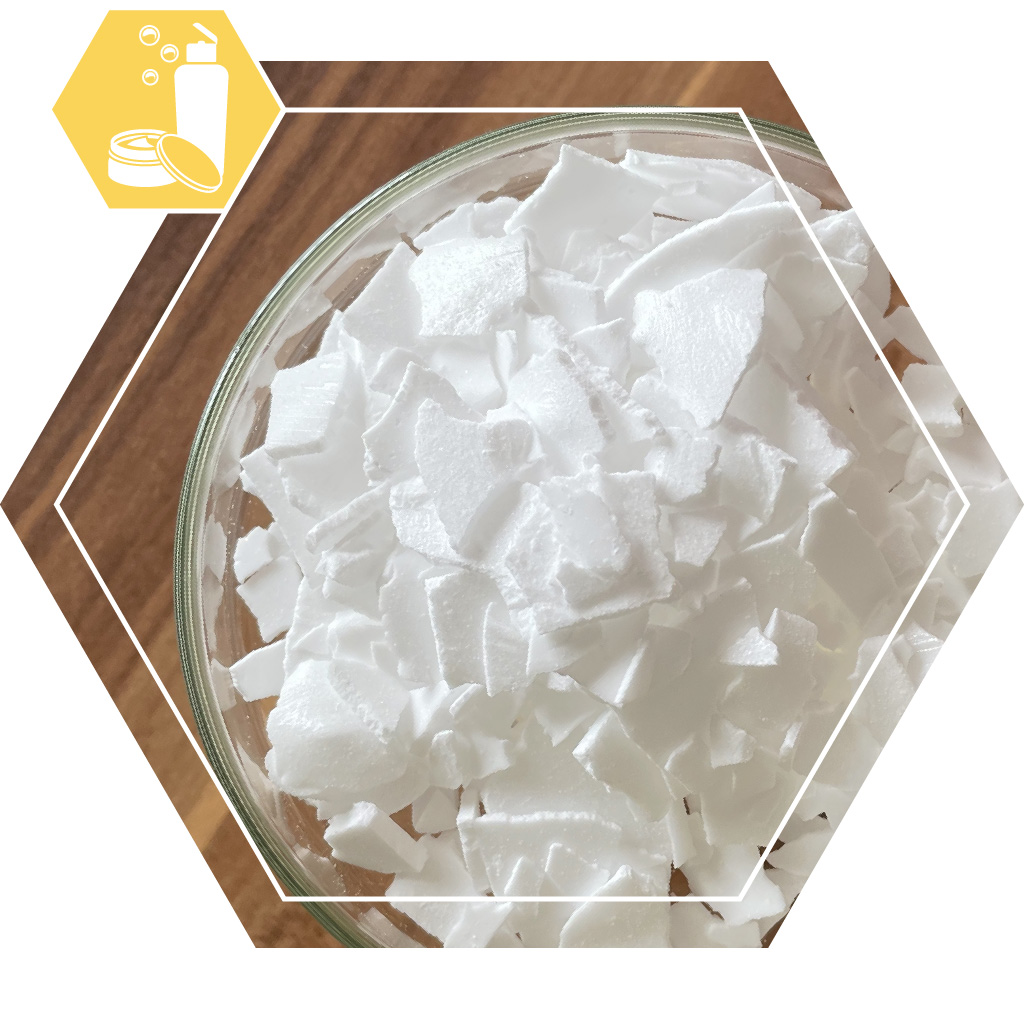Cosmetics raw material
Description
This text has been automatically translated and may contain errors.
Cetyl alcohol is an emulsifier and stabilizer for creams. It is widely used in creams because it is a versatile substance.
As an emulsifier, it is usually a co-emulsifier, that is, an emulsifier that is used alongside another emulsifier. The co-emulsifier ensures a more stable emulsion. Cetyl alcohol can, however, be used as a sole emulsifier, for example in conditioners.
As a stabilizer, it makes creams less sensitive to separation. A cream always wants to curdle in a water layer and an oil layer, a little cetyl alcohol reduces this risk.
In addition, cetyl alcohol also provides slightly thicker creams. If the cream is a bit thinner than intended, the recipe can often be improved by adding 1-2% cetyl alcohol.
Finally, cetyl alcohol can make ointments and other anhydrous mixtures somewhat more hydrophilic. Hydrophilic creams often feel more pleasant on the skin.
Cetyl alcohol, including ours, is normally made from plant-based raw materials. It is therefore a completely renewable substance. If you consult very old books you will see that it was made from whale oil a long time ago. While you can still do that, it's very unusual. It would make the cetyl alcohol very expensive and banned in most countries. However, cetyl alcohol of animal or synthetic origin is still possible.
INCI: Cetyl Alcohol.
Occasionally you see it misspelled in a recipe as ethyl alcohol / ethyl alcohol. It is almost identical to cetearyl alcohol / cetearyl alcohol and also very similar to stearyl alcohol / stearyl alcohol. In almost all cases, these three variants can be interchanged in a recipe. It comes as small, rather hard flakes or granules.




